Gran Canaria opens windows over the universe
The astronomic viewpoints in Gran Canaria help you really make the most of the Island’s excellent star-gazing conditions.
Frank was born in a place in Gran Canaria where the firmament is just another extension of life and forms part of the culture, the history and the language because you can really speak to the heavens here. Born in San Mateo, he grew up around Cueva Grande (Big Cave), at the island’s peak, where human beings and the infinite seem to go hand in hand. “I have been aware of looking at the sky since I was very little, four or five years old,” recalls this astronomy-mad teacher whose memory is a sort of planetary system around which family celebrations and lunar eclipses orbit and coexist.
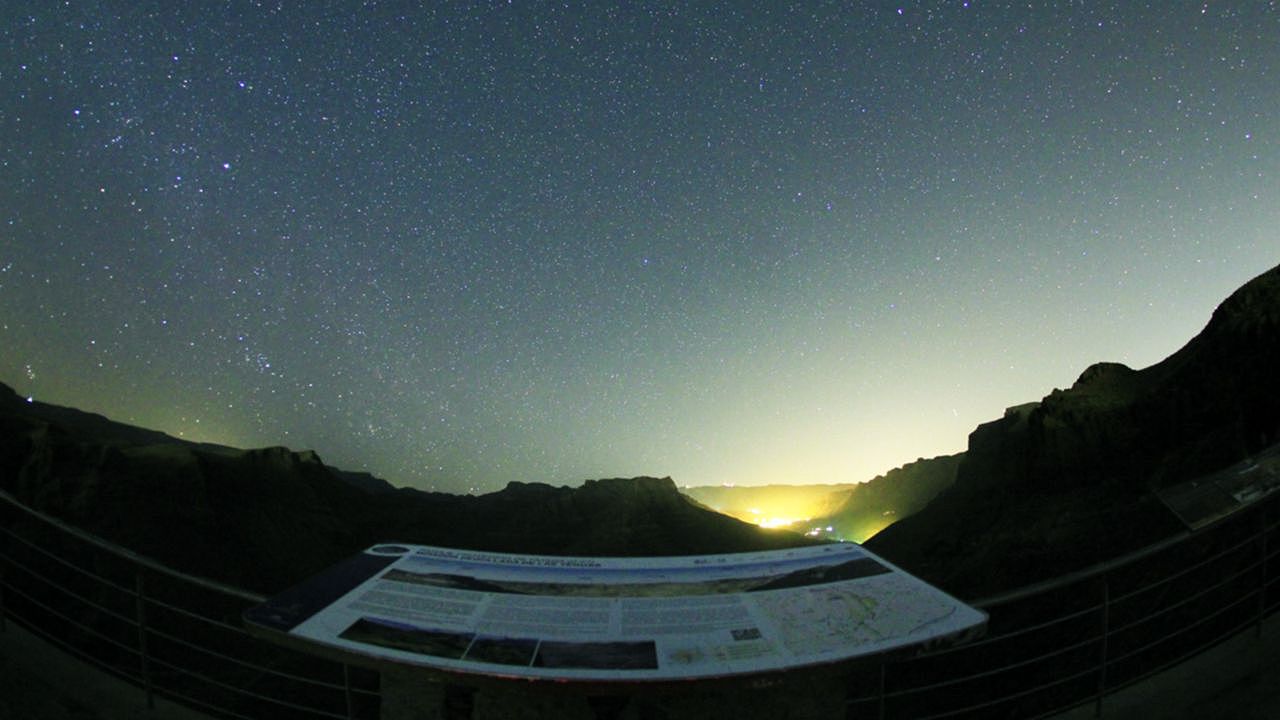
Nowadays, adult Frank Rodríguez still inhabits a vague place between the earth and the stars. He has set up his own observatory at his home in San Mateo where he follows and investigates celestial objects and is a well-known figure for observation and astronomic dissemination in Gran Canaria, encompassing both education and tourism. “The island is an astronomic paradise due to its atmospheric conditions and its geographic position, because we can see stars that cannot be spotted from continental Europe, plus this environment is truly spectacular,” he summarises. From the island, you can see the Northern hemisphere stars all year round and almost eighty percent of the stars from the Southern hemisphere skies.
These conditions justify Gran Canaria being declared a Starlight Tourist Destination and have encouraged the Cabildo de Gran Canaria to set up an island network of astronomic viewpoints, already installed at the observation points of Degollada de Las Yeguas, in the south, and las Cañaditas, where the island seems to scrape the sky. Viewpoints will be added gradually at la Caldera de los Marteles, la Degollada de Las Palomas, los Pinos de Gáldar, el Pico de las Nieves, el Mirador del Mulato and la Presa de Hornos.
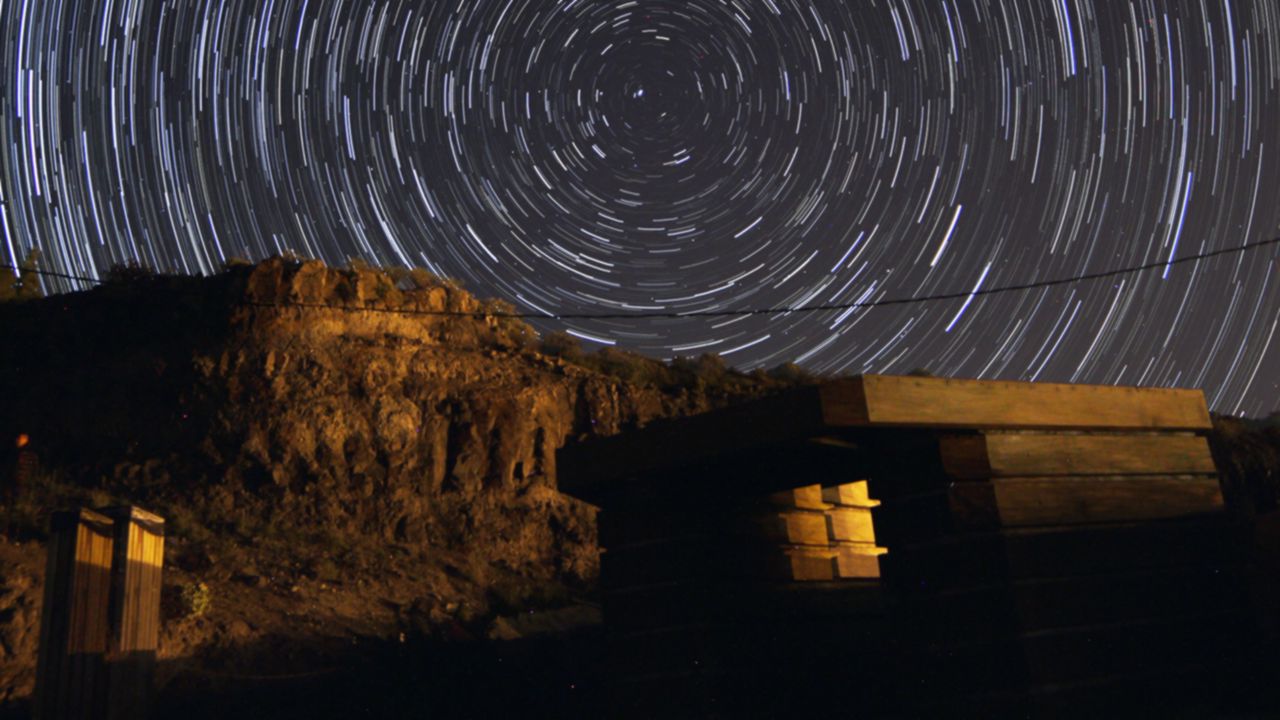
The viewpoint at la Degollada de las Yeguas, just nine kilometres from the Maspalomas tourist hub, stands almost five hundred metres above sea level and frames the vision of the sky in the Fataga ravine and the Tirajana volcanic basin, which enhances the astronomic value of this spot on the southern edge of the Biosphere Reserve and the Starlight Tourism Destination area.
In turn, the Las Cañaditas astronomic viewpoint, within the town of Artenara, stands at the heart of the summits and therefore also within Gran Canaria’s Risco Caído and the Sacred Mountains Cultural Landscape, declared a UNESCO World Heritage Site particularly thanks to its archeo-astronomic values. The viewpoint looks over the imposing Cuenca de Tejeda, where the Roque Nublo and Roque Bentayga seem to act as both sentries and receivers for mysterious messages that reach Gran Canaria from the immensity of the firmament.
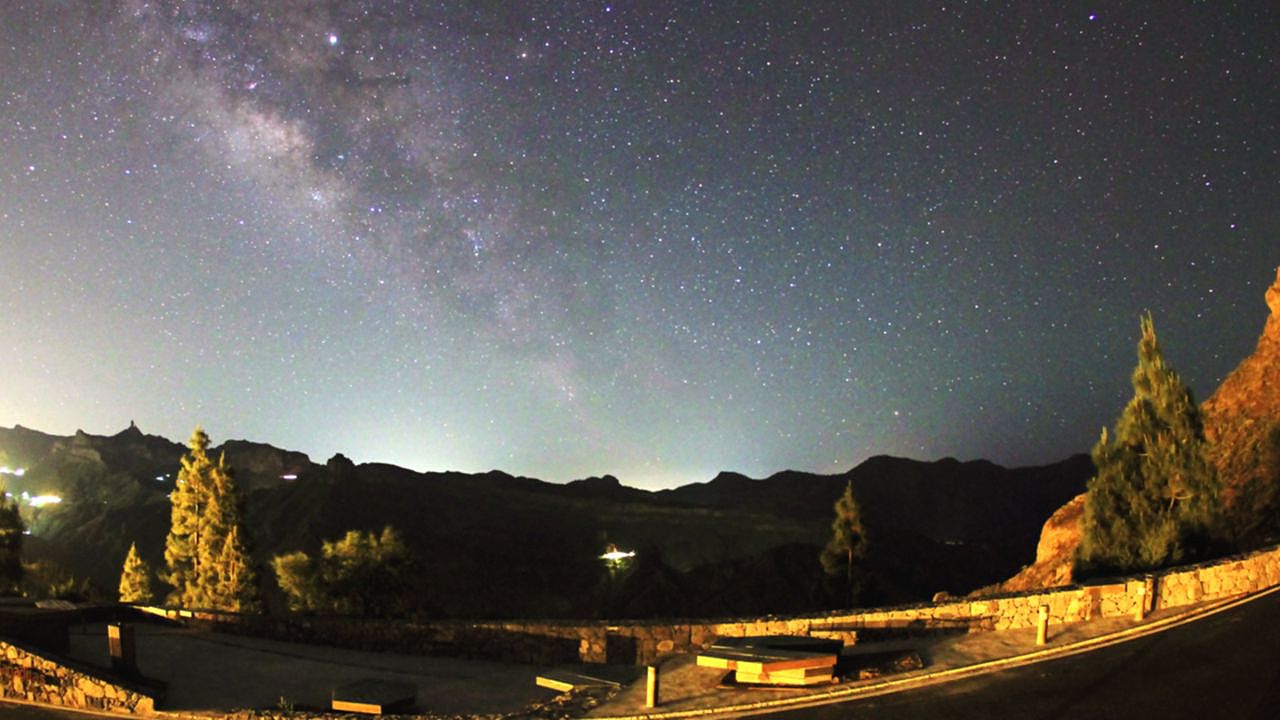
Both these viewpoints, and any that will soon join the network, share common conditions such as scarce light pollution, good accessibility, a high percentage of perfect nights for star-gazing and they are also equipped with tables explaining the skies in these spots and their specific features, as well as a common panel that helps visitors identify the North Star and includes a mobile planisphere to locate the Great Bear, Little Bear, Cassiopeia or the Northern Constellations, and explains the basic concepts of celestial mechanics.
When you suddenly find yourself under the stars in Gran Canaria, in the midst of its stunning geography, it is understandable that your thoughts also drift off towards the stars, in a space ship made of questions, ideas, longing and concerns. “Astronomy shows you your place in the universe, it makes you think about how small you are, about the number of coincidences that have had to happen to bring us here and it makes you value everything around you so much more,” explains Frank, who in many ways is still that little boy who was staring at the firmament just as the aboriginal population did a thousand years ago.
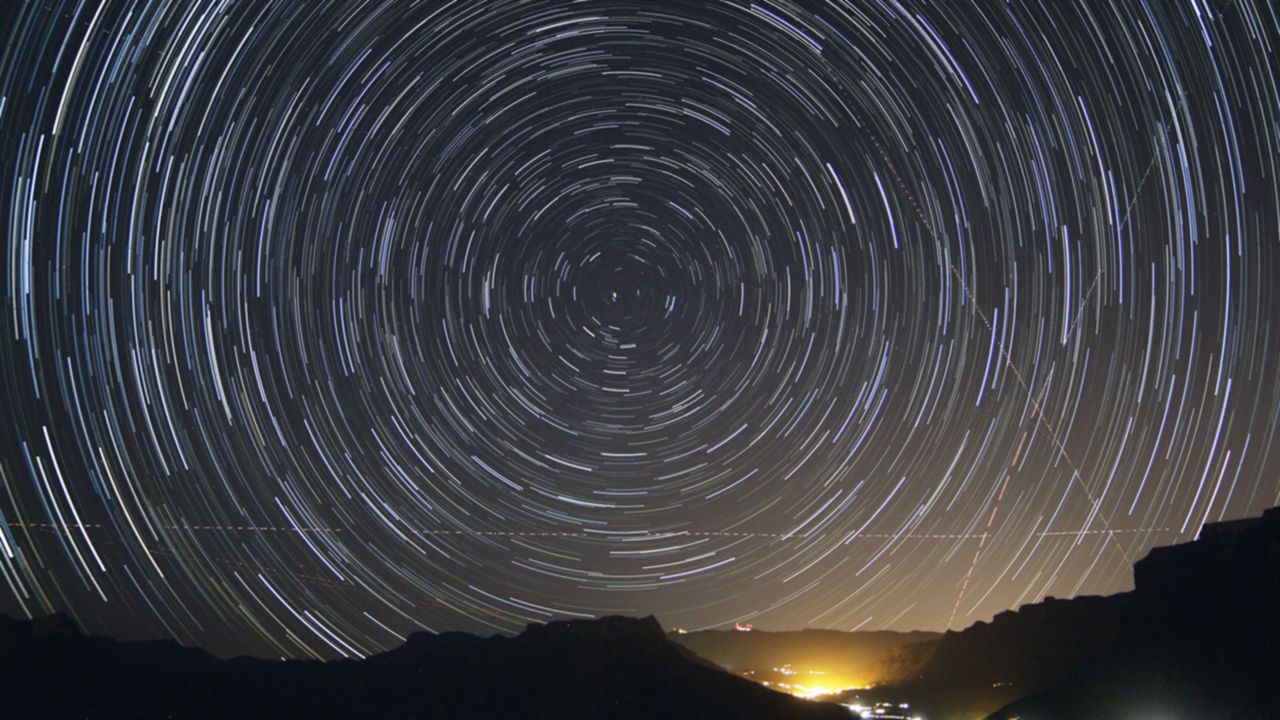
This proverbial Gran Canaria sky holds a celestial body that cannot be seen from the mainland or from the rest of continental Europe. This is Canopus, the second brightest star in the night sky after Sirius and a key element in the annual calendar for many civilisations. And there it remains, marking time for human existence.

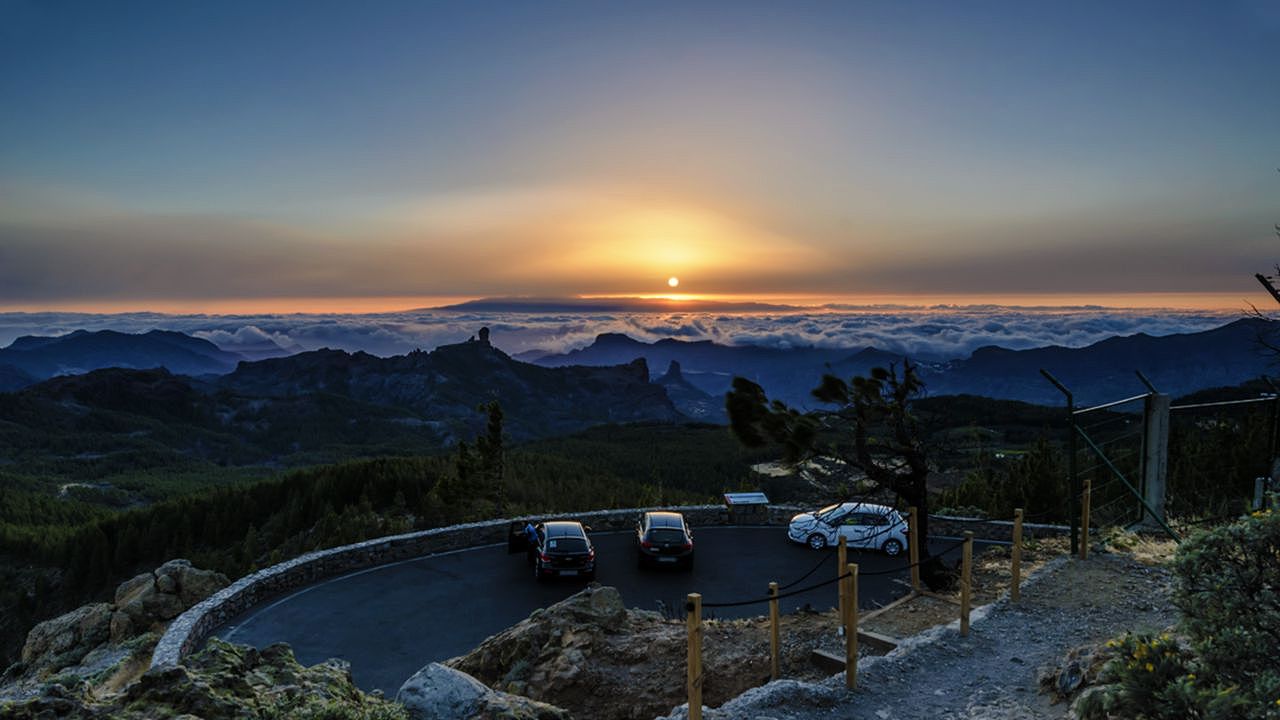
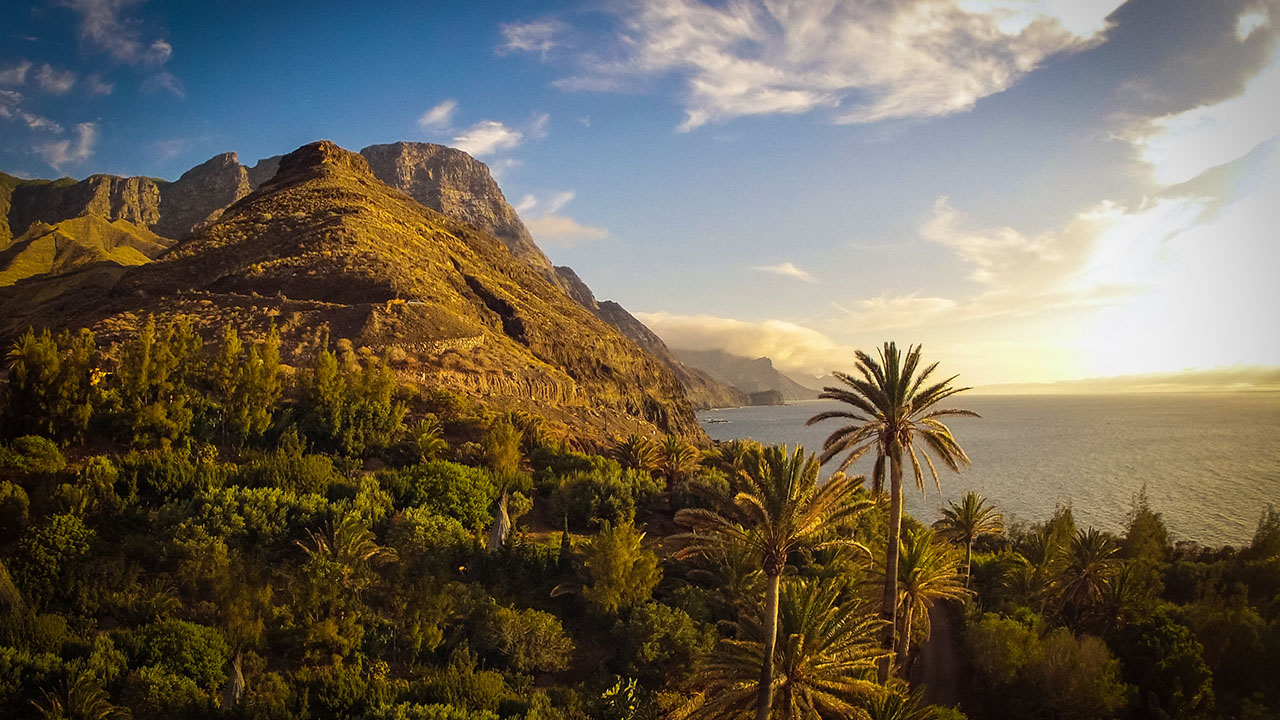

Comments are disabled for this post.